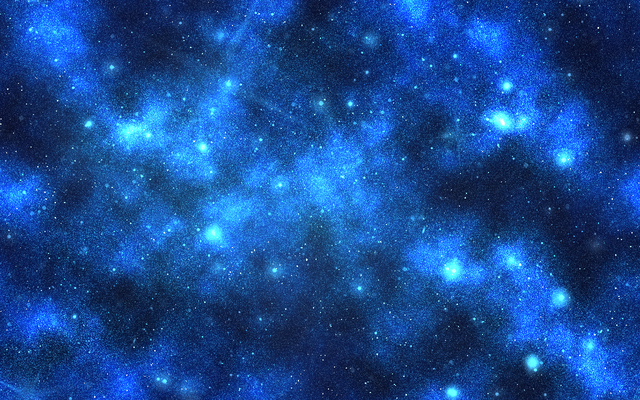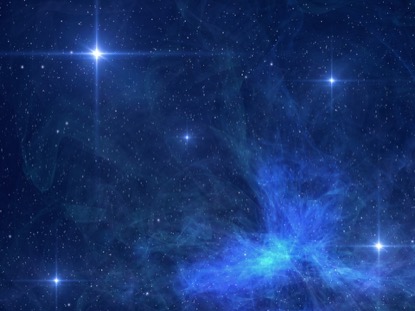Astronomers have discovered a new type of systems consisting of loosely spaced young stars. They seem to have formed from gas ejected from galaxies. At the same time, the luminaries are rich in metals, but it looks like they will die young.

Blue blobs
Scientists from the University of Arizona have discovered a new type of star system called “blue blobs”. They are outside of any galaxy, but at the same time they are not themselves. Their stars are located at a great distance and very chaotic. It was not possible to find any structure in them.
At the same time, these systems consist of young hot stars. Some of their groups are removed from the nearest galaxy at a distance of 300 thousand light-years, that is, three times the diameter of the Milky Way. They were discovered thanks to the study of the gas clouds surrounding our Galaxy.
Scientists believed that these giant masses of gas are associated with the Milky Way. However, a recent study has shown that they are much further away and rather belong to the neighboring Virgo cluster. At the same time, a scattering of blue stars associated with them was also discovered.
How isolated blue stars formed
The formation of stars in clouds of molecular hydrogen is commonplace. Therefore, scientists were not surprised that all the young ones were found. Much more strange was the fact that molecular hydrogen is almost absent directly from the luminaries. Perhaps it is present there in the form of atoms, but still it is quite strangely combined with their blue color.
The last means that the stars are very hot and will quickly burn their thermonuclear fuel and die young. It seems that we have seen in the “blue blobs” some kind of wave of star formation, which should fade relatively soon.

At the same time, vision has one amazing feature. They are rich in metals, that is, elements heavier than helium. And they could have been formed only in the previous generation of luminaries. This means that the gas clouds that gave them their origin were once part of one of the galaxies.
Gas clouds ejected from galaxies
There are two known basic mechanisms for ejecting gas clouds from galaxies. The first one is related to tidal forces. When two galaxies pass by the other, they literally “rip off” gas and stars from each other.
The second consists in knocking out gas when star systems collide. If a smaller one, such as a dwarf galaxy or a layered cluster, crashes into a larger one, then magnetic fields and gravity work together, pulling gas out of them in a way similar to knocking dust out of a blanket.
Thanks to one of these methods, gas clouds formed several million years ago, giving rise to “blue blobs”. Moreover, scientists consider the second of them more likely. The action of tidal forces is too slow for this.
According to phys.org
Follow us on Twitter to get the most interesting space news in time
https://twitter.com/ust_magazine
